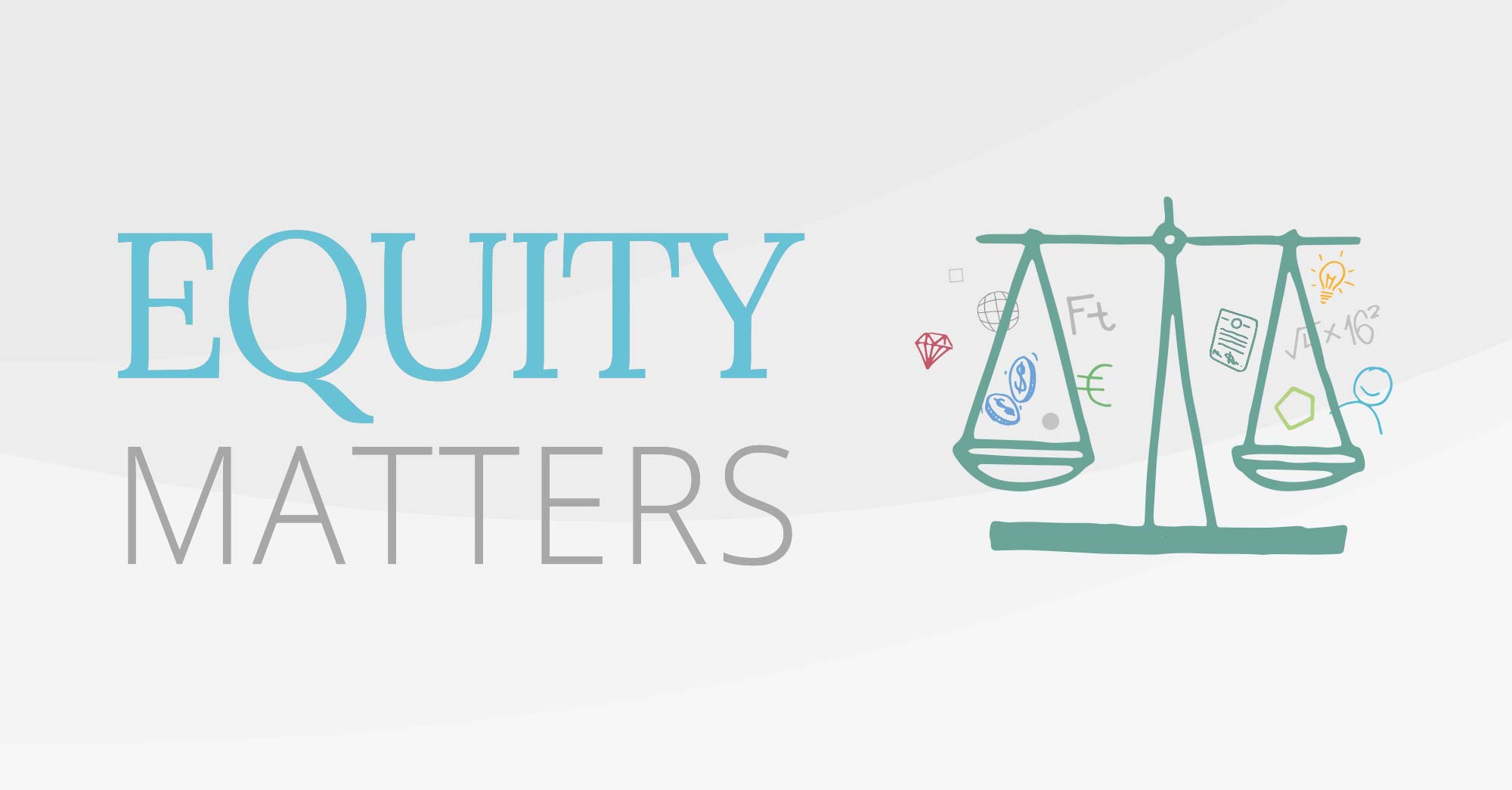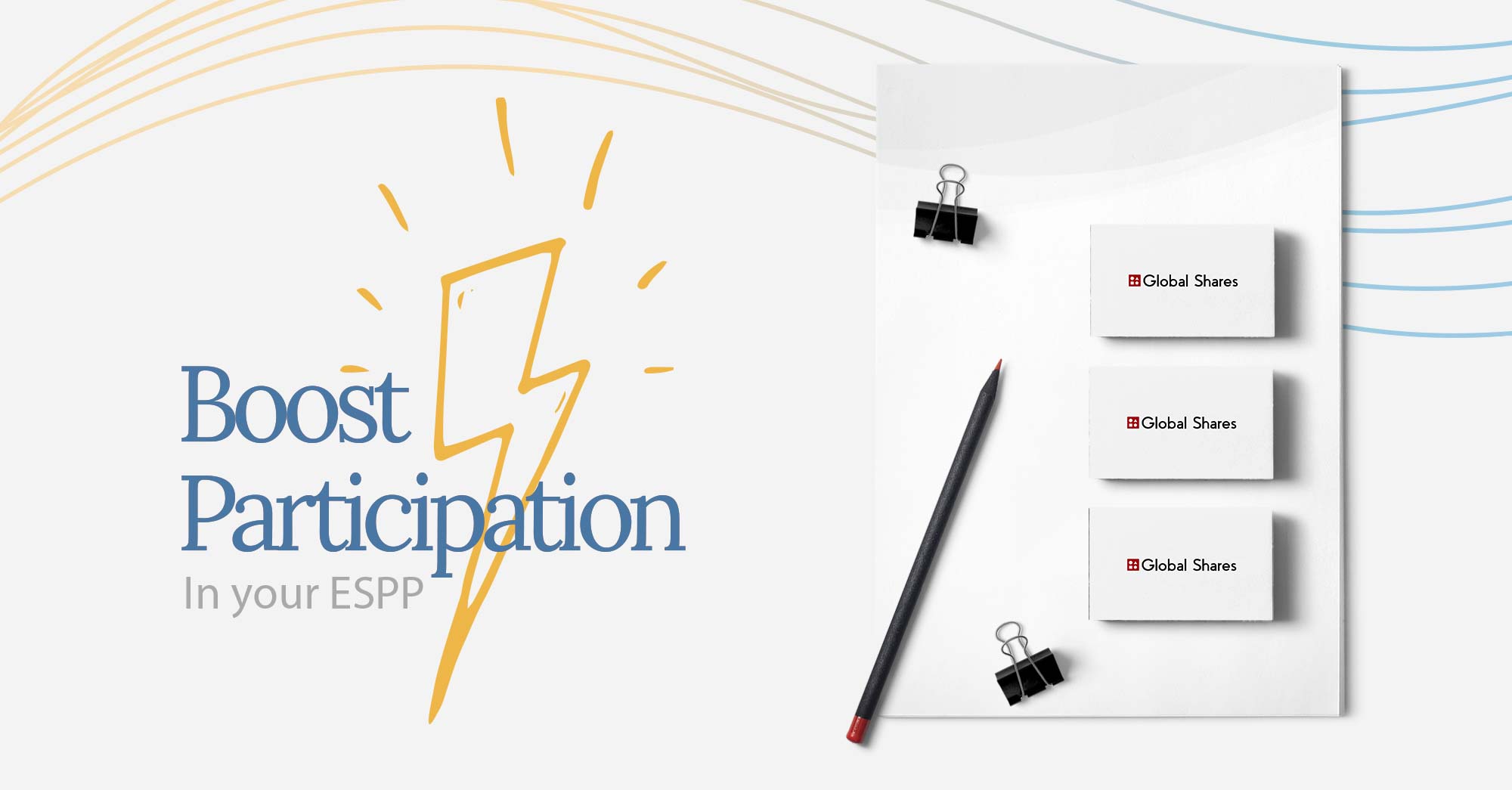There’s been a lot of ‘the world of work has changed forever’ articles written over the past while, and furious debates about how businesses can best leverage this change for their own and their employees’ long-term benefit.
There hasn’t been quite as much debate around the question of whether these changes are for the better, and who they are better for. The forced move to hybrid working has, undoubtedly, brought real benefits for a lot of people, but the truth is how much you’ve benefited from the change will pretty accurately correlate to how wealthy you are, what race you are, and what gender you are.
Sounds all too familiar, right?
All things being equal…
We’ve seen a number of studies emerge showing how the pandemic has exacerbated inequality in sometimes unexpected ways (or very expected, depending on your point of view).
When it comes to gender, the pandemic affected women worse than men. Research by McKinsey and LeanIn.Org found that one in four women are thinking about reducing or leaving paid work as a result of the pandemic. When it comes to who lost their job, women make up 39% of global employment but have suffered 54% of the job losses during the pandemic up to this point.
We’ve also seen massive inequality when it comes to race. When we simply look at being able to work remotely, an American study revealed that 30% of white people and 37% of Asian-Americans had the resources to work from home, while only 16% of Hispanics and 19.7% of black Americans had sufficient resources to work from home.
The equity compensation pay gap
 The gender pay gap is much talked about, but what about the equity compensation pay gap?
The gender pay gap is much talked about, but what about the equity compensation pay gap?
Now to get to the heart of the matter. These remote working inequities are also reflected in equity compensation – and always have been.
A recent study published in the Journal of Applied Psychology found a gender gap for equity-based awards ranging from 15% to 30% — even beyond accounting for typical reasons women historically earn less than men, including differences in occupation and length of service at a company.
This matches very closely with the gender pay gap. In Europe, it’s estimated women make 17% less per hour than men, and in the US there is a gap of 20%. Basically, there is as much of a gender equity compensation gap as there is a gender pay gap.
This is also reflected when we examine equity compensation and race. When we zoom out and look at the statistics, between 2004 and 2019 in the US, about $13 trillion of payments to stock owners went to white households, while $181 billion went to black households.
How we can tackle the equity compensation pay gap
So, how can we begin to close the equity compensation gap? At first (and second) glance these issues seem societal and beyond the control of any individual company to solve. This may be at least partially true, but actively tackling it is also the best step you can take to solve it.
1. Measure to manage
To begin, you need to examine if there is a gender or race gap in your current employee share and compensation plans. As the old saying goes, what is not measured is not managed, so simply collecting the data is a powerful first step. If possible, this should be done by an independent arbiter to remove any potential bias or politics from the equation.
2. Proactive policies
The second step is putting in place policies throughout your company to actively target this inequality. Transparency and sharing of your current situation can be a nerve-wracking but important move. It may be embarrassing to admit you have a problem, even internally, but without doing so the problem won’t be fixed.
3. Equitable plan design
A key step is designing your equity compensation plans to be more, well, equitable, when it comes to rewarding your people. Create ‘compensation bands’ for specific roles, meaning that a new hire will automatically be put in the same pay scale whatever race or gender they are.
4. Board buy-in
Another step requires getting buy-in from the board and, ideally, identifying a champion at both the board level and operational level that can drive the necessary changes. If someone is not ultimately responsible for the change, that change won’t happen.
5. Examine and renew
Finally, it must be a continual process of examination and renewal. It may be quite difficult to close any gaps you find in a single swoop, and there is always the potential for it to drift back out if attention is not paid to it. This is where the champion becomes so crucial.
This isn’t all on you, but some of it is
The pandemic has exacerbated many of the issues of equality we were already seeing. These issues go beyond any single organisation’s ability to tackle them but, to borrow a phrase, equality begins at home.
If you’re actively looking to make your organisation a better place to work and equal for all employees, then equity compensation is an excellent place to start.
Why? Because it’s measurable.
The fact that you can measure it benefits you in three key ways – you can find out if you have a problem pretty easily, take concrete actions (whose success you can measure), and allow you to communicate what you’ve done and immediately understandable manner.
If you are able to close your own gender and race equity compensation gap (if indeed it does exist in your organisation) and make it equitable, this will help you attract and retain top talent in the future while also being able to tell a good story in the process.
What’s more, you’ll have also made the world a bit more equitable, which is not a bad way to spend your day (whether that’s at home or in the office).
Do you want to make your equity compensation plans more equitable? Talk to our advisors about how our platform can help you collect accurate data on your participants and generate reports at the touch of a button.
Please Note: This publication contains general information only and Global Shares is not, through this article, issuing any advice, be it legal, financial, tax-related, business-related, professional or other. The Global Shares Academy is not a substitute for professional advice and should not be used as such. Global Shares does not assume any liability for reliance on the information provided herein.








